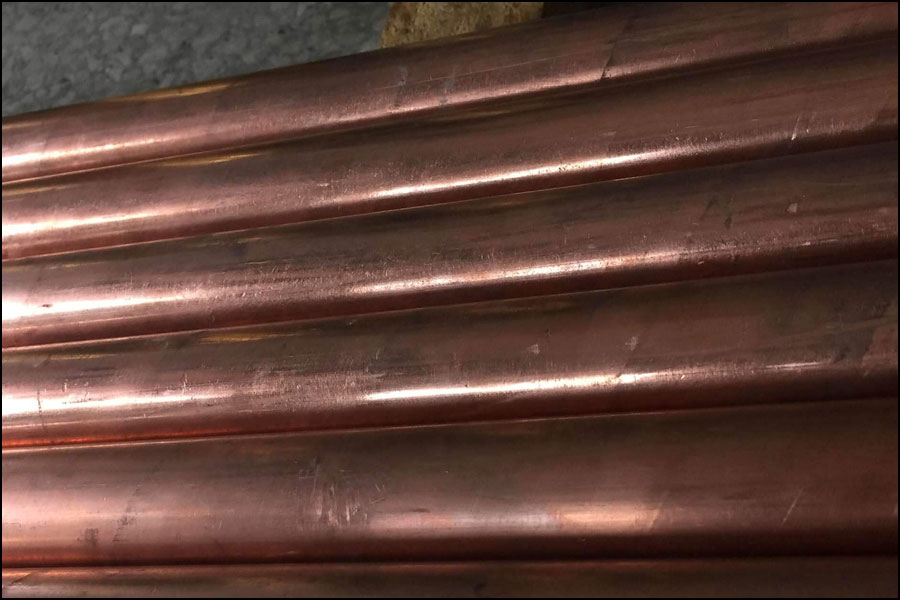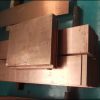
The heating time of beryllium copper includes heating and heat preservation (soaking) time. In order to reduce the oxidation and energy consumption of the ingot, short heating time, high speed and uniform heating are required. To determine the heating time of beryllium copper, it is necessary to sum up and consider the heating temperature, the nature of the alloy and the dimensions of the ingot.
The heating time of beryllium copper should be fast, and the heating time should be appropriate. The furnace temperature is high, the heat conduction is fast, and the temperature rises quickly. Especially for metals and alloys with good thermal conductivity, high-temperature heating is very beneficial. However, for some alloys, the ingot will simply cause coarse grains overburn. The soaking process is mainly to ensure that the temperature difference between the various parts of the ingot cannot be too large. Generally, the temperature difference cannot exceed 15-20 degrees Celsius, that is, the more uniform the temperature of the ingot, the better. If the heating is uneven, there will be problems such as cracks, waves, sickle bends, uneven thickness and difficult biting during hot rolling. When the ingot size is large, the heating time of the beryllium copper should be extended appropriately, or the furnace temperature of the heating furnace should be appropriately increased.
The heating elements of beryllium copper are more complicated. Therefore, in the actual production process, we must always keep in mind the heating principle of beryllium copper, accurately and flexibly use the heating techniques of beryllium copper, and continuously improve the processing quality and power of beryllium copper.
When aging at a higher temperature higher than 340 degrees Celsius, the relative maximum strength value will appear on the aging characteristic curve. If the amount of cold working does not change, as the aging temperature increases, the strength corresponding to this maximum strength will decrease. The aging time to reach this corresponding strength value is shortened; if the aging temperature is certain and the cold deformation rate is increased, the relative maximum strength value will slightly increase and the time of presentation will also be shortened. When the aging temperature is lower than 330 degrees Celsius, the aging hardening of beryllium bronze simply constitutes a meta-stable sedimentary phase; when it is higher than 330 degrees Celsius, it may form a meta-stable phase or an equilibrium sedimentary phase, the latter being concentrated on the grain boundaries.
In the aging process, the temperature of beryllium copper should be strictly controlled to avoid underaging and overaging. Once over-aging occurs, it is difficult to make up, unless repeated solution heat treatment; under-aging can also be compensated through aging to obtain the required mechanical function. Of course, the required functions can also be obtained by optimizing the combination of underaging, overaging, and cold work. For example, when the strength is lower than the maximum value requested, the cold work and underaging (lowering temperature, Extend the time or increase the temperature, shorten the time) or over-age (increase the temperature or extend the time) to obtain the requested mechanical function of beryllium bronze.






